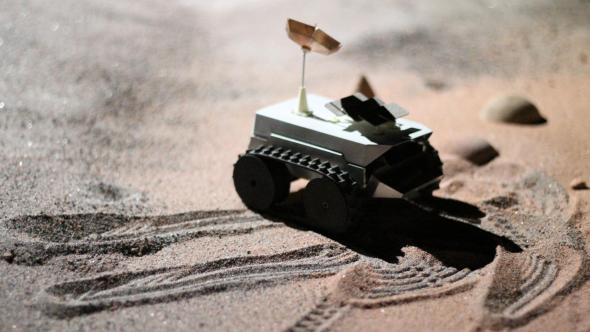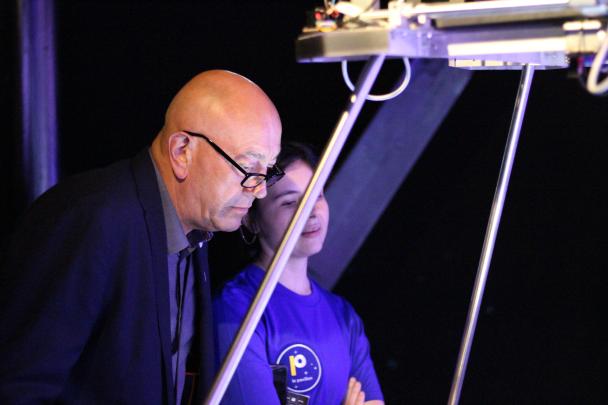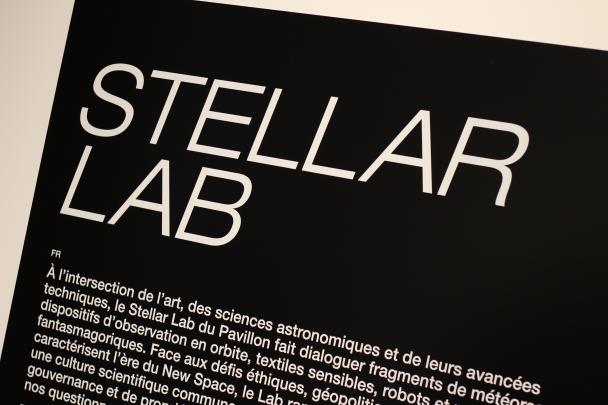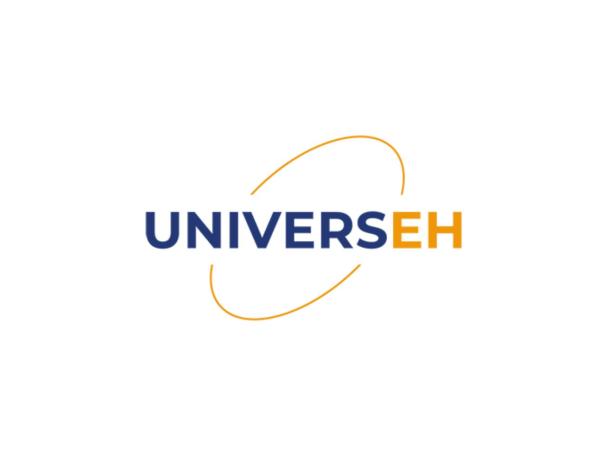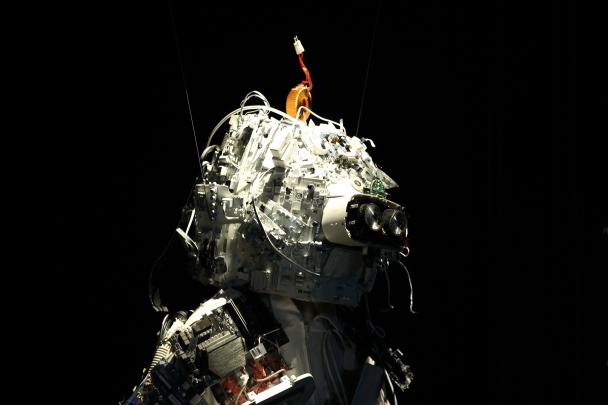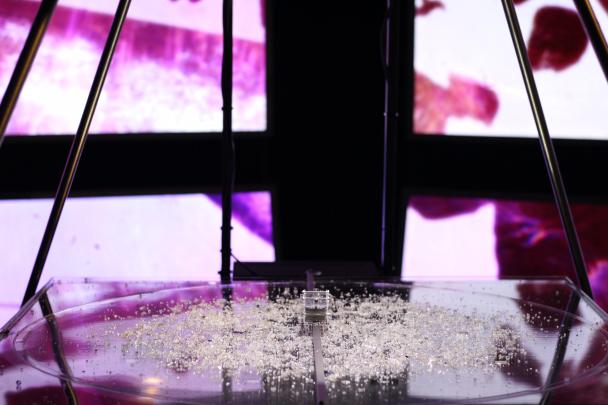Art is at the heart of human communication, a vector of wonder, emotion, surprise and questioning, stimulating our imagination. One of the keys to successful learning and information retention is motivation. The desire to know more. And it's precisely this desire that can be awakened through mysteries, the unknown and surprise, which piques curiosity and leads to questioning. Why can't we go faster than the speed of light? What's happening on the surface of the Sun? Can we clean up space debris?
Each work of art thus becomes an opportunity to popularize a wealth of information about space, its exploration and science in general, depending on the audience's reactions. Le Confluent des Savoirs has therefore designed two documents to accompany visitors: firstly, directly, with a scientific notebook that contextualizes the scientific aspects related to the works. And indirectly, by providing Pavillon mediators with a roadbook containing additional information, as well as various scientific elements, so that they can best guide visitors.
Some of the works on display were conceived as part of artist residencies at the Antoine Thomas astronomical observatory. They were - from the outset - the fruit of exchanges and dialogues between arts and sciences, between artists and scientists. These residencies can take place for other occasions and themes, contact the Confluent des Savoirs (cds@unamur.be) for more information.
Research by UNamur's Mathematics Department into chaotic gravitational currents has notably found a prominent place among the solutions evoked in the management of space debris. What's it all about? All you have to do is visit the exhibition to find out more...
